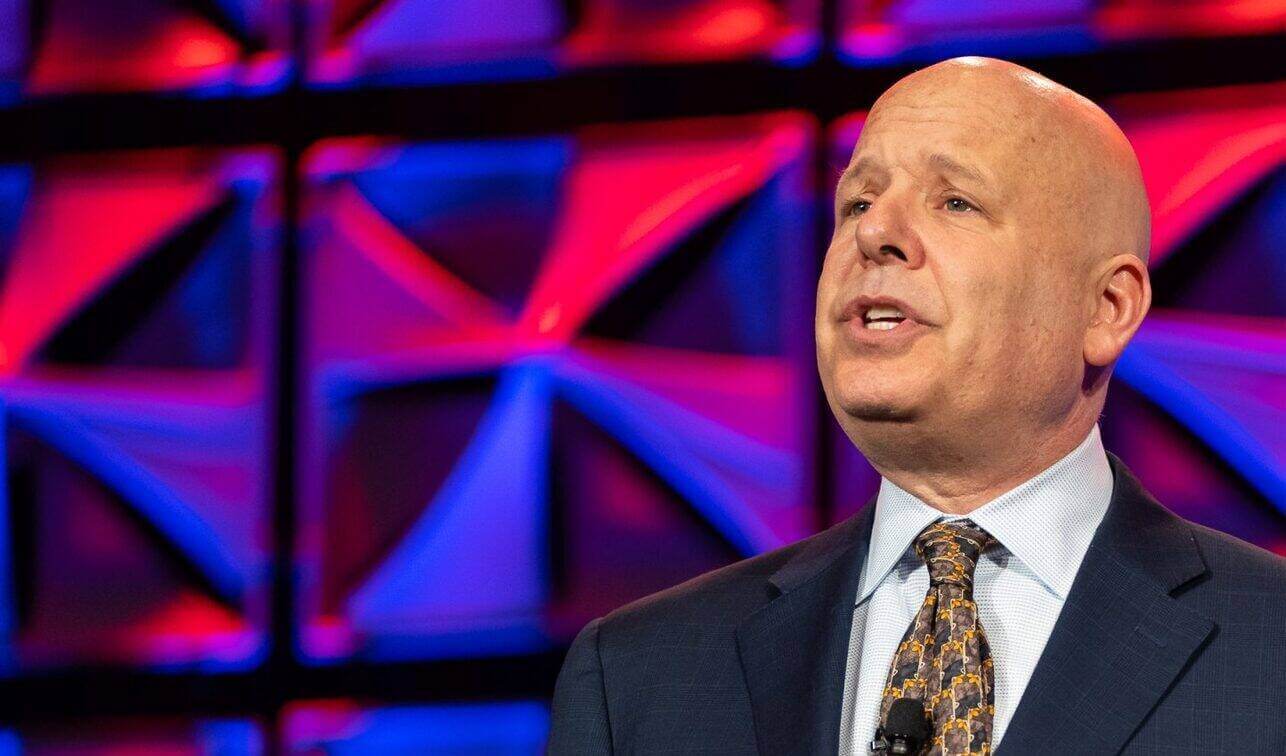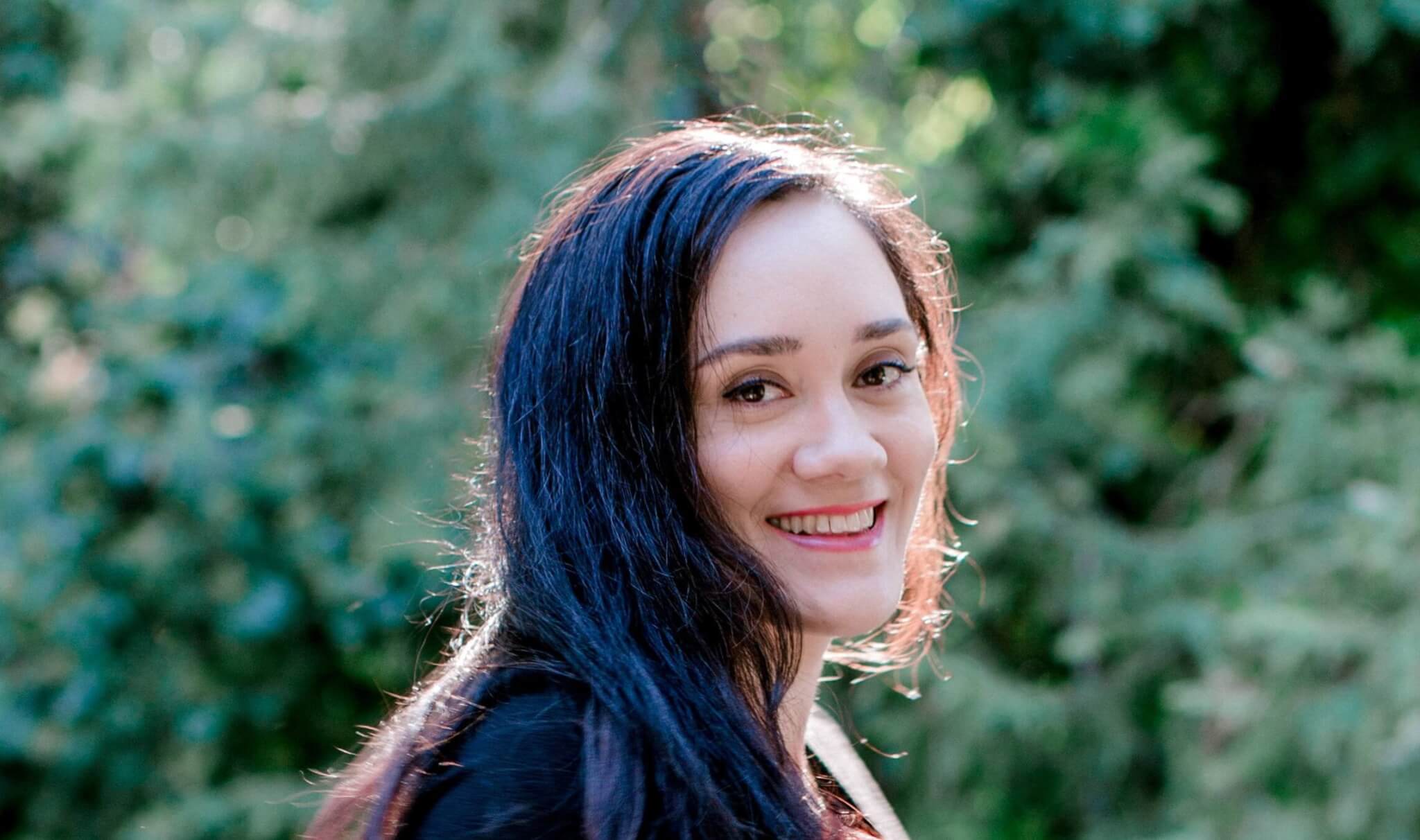Zendesk is a massive success story in the world of SaaS. They’re in the upper percentile in almost every business success metric while powering help desks and services for more than 100,000 paying customers.
But no company is possible without people. Recently we had a chit-chat with Benjamin Collet, who's a Senior Director|Enterprise Global Advocate at Zendesk. He shared with us his views on customer support, tips, and tricks he uses to solve complex cases and what powers him to be an outstanding support agent that he is.
Let's get to know the people behind Zendesk support.
What first drew you into customer support?
You’re going to laugh. In the 90’s there was this movie called Hackers starring Johnny Lee Miller and Angelina Jolie, and I was absolutely fascinated with the magic of computers. I mean, I’ve always been passionate about technology, but I think that movie put me over the top into computer science.
From there, it was easy to pair my technology obsession with my desire to help people. When I took my first tech job at Compaq when I was 19, I was afforded the perfect opportunity to do both! We were troubleshooting PC’s and Windows 98 if you can believe that. Of course, there was so much to learn and master that my team specialized and we all relied on each other to help customers while efficiently hitting some old school performance targets.
That experience taught me so much about how to support customers the right way and, also, how not to support customers in all the trappings of classic call center culture. I like to think that my career has been spent applying those lessons in an uncompromising way.

Tell us a bit about what you do in your current position and what you love about it.
Currently, I’m responsible for the Enterprise Support experience at Zendesk. If you are an Enterprise customer, then you should feel like one when you need assistance using Zendesk software. So my first responsibility is speaking with customers and using our Zendesk software to design effortless and personalized support at scale. I am always rewarded by this evolving puzzle as it can be quite challenging to deliver developer grade, personalized service at scale.
My second responsibility is as the sponsor of our Voice of Customer program. Customer needs are changing rapidly in these technologically advanced times, and the product landscape is changing underneath our feet too. Capturing the state of the customer experience and relaying that to the rest of the business in a data-driven way has been one of the toughest projects to launch and, consequently, one of the most fulfilling milestones to achieve. This is the definitely my favorite part of the job. I think that comes from my motivations to be heard and to have a greater scope of influence. This project allows me to amplify the voice of customers with my own and to make meaningful changes in the customer experience that echo throughout the industry.
My newest responsibility also includes our Service Incident Response team. It’s so important to be there when customers need you the most, and I have the privilege to create a gold standard experience to communicate with speed & transparency to preserve customer trust and keep customers achieving their customer goals. This is a greenfield project with some of the most talented people at Zendesk playing key roles, and it’s already been highly rewarding.
In your bio, you said that you are the happiest when you reach a solution through savvy communication. Talk about a time you turned an unhappy customer into a delighted customer.
We have all been an unhappy customer at one time or another. And I enjoy having a high standard for customer experience. So, when I am hearing from a customer who is unhappy or feels that their service has opportunities to be of a higher caliber, I am intensely interested to learn how to improve and, quite frankly, help them out. This is my central position. In execution, the most important factors are empathy and articulation. You have to do more than hear from your customer; you must listen to them and feel their pain. From there, it’s easy to establish a bridge from their experience to a more ideal experience. The tricky part is articulating this in a way that is balanced, professional, and establishes your authority in the conversation to make those improvements happen with haste.
Recently, I worked with a customer quite frustrated with an intermittent issue. Anyone in the support world knows these can be the most difficult to capture, and therefore, remediate. For this particular person, the issue had been going on much longer than anyone would find acceptable and I felt that pain quite acutely. They also had ideas on what would have prevented this scenario from requiring this level of escalation from the outset. So it was easy to acknowledge their position as valid, express my own concern that we had such a gap in our proficiency, and commit to helping. In this example, the customer was so hot that this was not enough to steer the conversation toward productive territory. It took a demonstration of strength, a further acknowledgment of more that I saw wrong with the situation that would take more effort to solve. This is an unusual tactic in a conversation as customers, especially those in the customer service field, are expecting to hear only defusing language. And this customer, in particular, had called out that this was what he felt was happening despite my genuine desire to just help. So I had to shift gears and explain how the situation was actually worse than it seemed from my point of view. This worked to show that I was actually interested in helping, it exposed a greater level of detail than the customer had considered which improved the perception of my authority, and I was able to then be listened to as an honest partner, not an adversary. I’m happy to have been involved here as those larger issues allowed greater partnerships with our Engineering Team to solve some systemic gaps in how we replicate intermittent issues which not only improved performance for this customer but all customers. Please understand this example is exceptional and is not an endorsement of a go-to tactic for handling customers at large. That said, I enjoyed being able to break a few rules of engagement to get a customer back into a state to receive effective, at altitude, help.
Also, from your bio, I can tell that you have a solution-oriented mind. What do you do when you don’t know how to help a customer?
What a great question! I take a page from our Product Team in areas like this. They certainly do happen! Our Product Team breaks down the old paradigm of problem|solution into a more nuanced approach of problem statement|solution requirements|solution. By parsing out a situation into these more detailed terms, it can often clarify and expose opportunities to solve a problem that I would have otherwise missed. I can’t tell you how many times that has afforded a more detailed conversation with customers and partners to deliver a salient solution.
Another method is, to be honest, up front, that some problems are more difficult than others and might require more exploration to identify an effective solution. Usually, it’s still possible to declare next steps and ETAs for progress, so you don’t lose traction and a customer can feel your level of ownership steering them toward that elusive final answer.
And finally, I ask for help. Just because we are seasoned veterans on helping customers, some of us for the length of our careers doesn’t mean we have to know all the answers. In fact, it’s quite the opposite!
It’s so important to keep sharp and embrace new opportunities to learn and grow. So as in my previous customer story, I had to ask the Engineering Team for help to even pursue the issue with greater traction. Sure enough, their talents were brought to bare with our customer service team in a special combination. Neither team would likely be able to solve these problems on their own. But that’s what working in customer service is about sometimes. Being a partner to a customer by advocating for their issues across the business, without artificial boundaries, to deliver a fix. And it’s often these relationships, not merely the technical episode at hand, that lead to lasting proactive solutions preventing future customer friction.
What do you think is the most challenging aspect of working in customer service and how one can cope with it?
Fatigue. So often we are exposed only to the problems that customers have. It can be easy to fall for the trap of seeing only the negatives. I’ve even witnessed this cause a trauma-like effect in support professionals where new problems are seen as a tax or a burden, and not a new opportunity to improve or an exciting puzzle to solve.
This is where work-life balance and professional creativity really need to be harnessed to protect that tenacious spirit that brings people like me into this career in the first place. I actually get pretty bummed when I solve a puzzle. I liked the challenge! And when that ends, and there is no problem to compete with, to outsmart, I get bored and crave engagement. So when I see these behaviors in others or even myself, I take a quick inventory of my feelings and try to be self-aware to figure out their contributing factors. Am I working too much? Am I tired of this particular problem? Maybe I need help or greater influence over the causal factors behind the persistent issue? Maybe I need some downtime or a vacation? Maybe I need to remember that most customers are happy and don’t have these issues? Maybe a marketing event, or even engagements like this where I can share positively with my peers and industry, is an invigorating opportunity to recharge my creative batteries and return to my central perspective?
I see this so often with young, brilliant, professionals. They can grind out thinking their performance is limited to strictly troubleshooting, and not cultural creativity either in their team, their wider organization, or even their society. This is a key aspect behind Zendesk’s CSR Program. We promote our Advocate’s participation in volunteering because it can be a great way to detach from typical work, gain some distance on that brand of help, and help in other ways that improve the world around us. It’s great for team building and for recharging our cultural batteries so we can be our truest selves, unburdened by fatigue, burning bright with the motivations that brought us here.
What do you like to do in your free time? What helps you unwind from and recharge?
I have a six-month-old baby girl. Playing with her and hearing her giggle could power my whole planet for a year. Spending time with my partner, whether locally or traveling, is a primary way I relax. That’s what life is all about right? In smaller ways, I have my hobbies: I enjoy writing science fiction, playing games like chess and Magic: The Gathering, and I exercise every morning. I also enjoy cooking adventures, and I’m always on the hunt to find new music.
Who is your personal hero (someone you admire and follow)?
Carl Sagan. He had such drive to change the world for the better. He also could talk about complex topics in an amazingly accessible way. I admire how much he was able to combine these talents to help disarm the nuclear escalation in the 80s that was a global threat. And his writings are an inspiration to this day in adding a bright clarity to a world that can forget how much it needs that.
How do you stay current on the industry news and trends? Are there any specific blogs or influencers you like?
Gartner and Forrester's annual reports are insightful and data-driven analysis that are indispensable. TSIA & SaaStr can be very helpful with trends & market orientation. And believe it or not, X is a lively resource for keeping up with industry leaders and “open-source” strategy. I follow hashtags like #cctr #ICMI #CX #SaaS #CXChat #custserv more than specific individuals.


